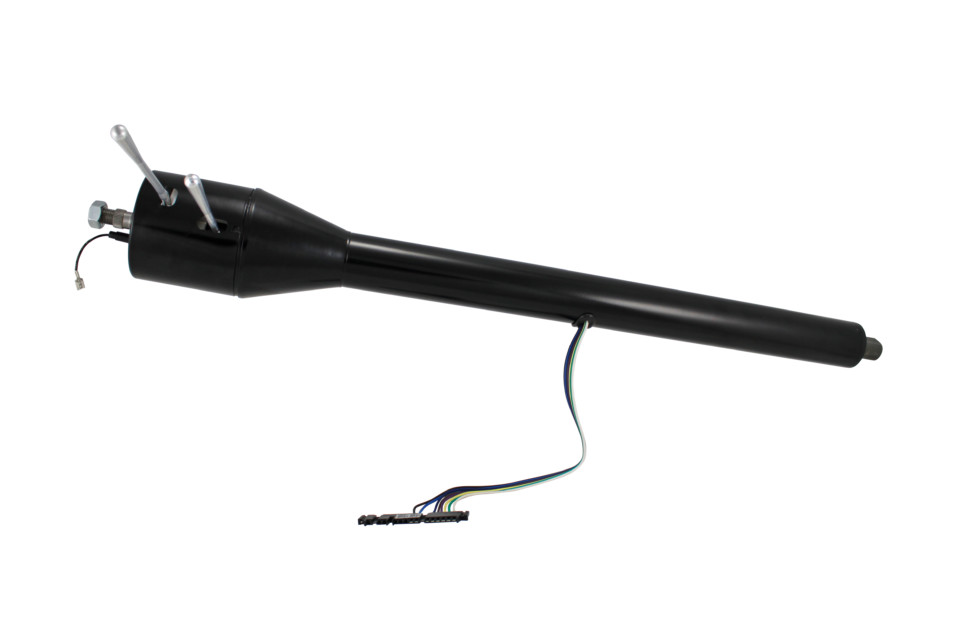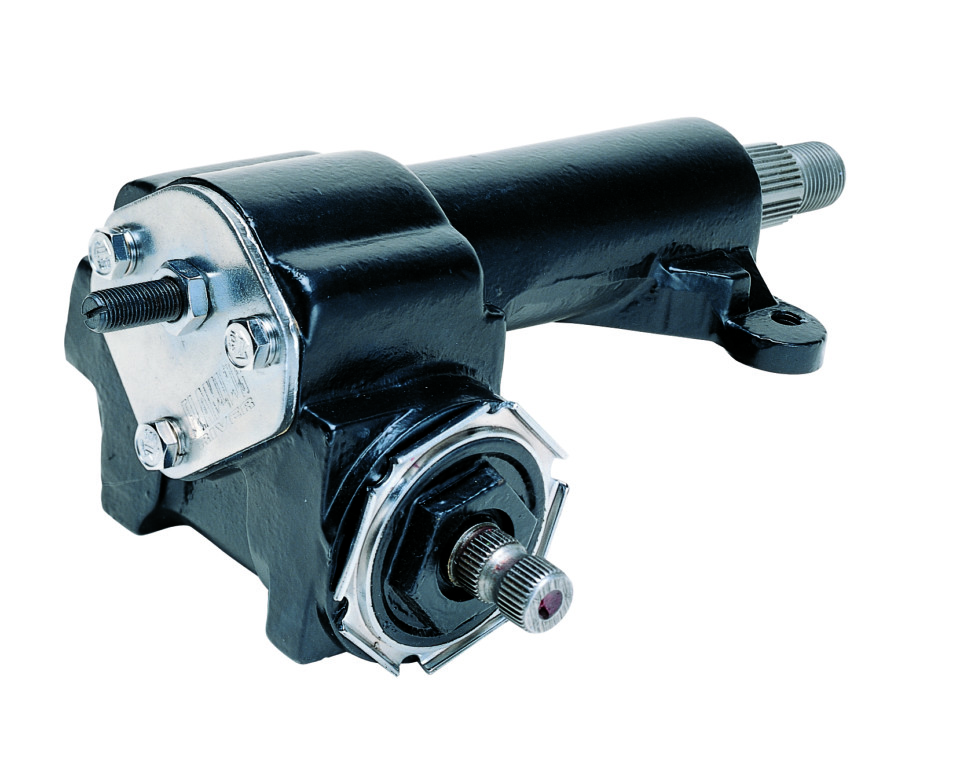Think fast! When you hear the name “Flaming River,” the first thing that comes to mind is probably steering racks. Were we right?
In reality, Flaming River offers a wide range of products outside of the steering components that they’re known for – from alternators and kill switches, right down to body and chassis components. They even offer custom powder coating!
While Flaming River’s parts offering is extensive, in this story, we’ll focus on steering components – in particular steering racks and steering columns. The catalog includes both power and manual racks for a long list of vehicle applications, from classics to hot rods to performance vehicles. And if you don’t see what you need for your project, Flaming River will build you a custom rack and pinion. Now that’s service!
We spoke with Mike Zenone, who handles media relations at Flaming River. He gave us the rundown on Flaming River products, and how you can decide which ones might be a fit for your application.
Q: The switch from factory power steering to manual steering can be a tough choice for the owner of a street-driven Mustang. What should someone consider when making the switch?
A: Manual steering is great for saving weight (about 12-15 pounds on average). It also eliminates the clutter of a power steering pump and hoses. It has a great steering feel out on the open roads, but will remind you that you have manual steering when it comes to parking in those tight spaces!
Q: If someone were building a street car into a drag car, what products would you recommend including on their wish list, and why?
A: Keeping safety in mind, one of our Big Switches are a welcome safety addition! They allow you to cut off the power to the electrical system in the case of an accident. They’re also great while the vehicle is on the trailer, in case of a fire due to faulty wiring.
Q: Power steering and manual steering each have their pros and cons. How can someone decide which is right for their application?
A: If the vehicle sees more daily driver time than on-track time, power steering is usually the way to go. Of course, as mentioned before, the weight savings are also a huge “pro” on the manual steering side as well.
Q: Your product list is super extensive. What is the best way for someone to understand what they should be looking at for their application? Whether they’re building a road racing car, a drag car, or a street car, is there a rule of thumb? Or should they contact you directly for help?
A: Always feel free to call us directly and we can give you a part list of recommended items. You can then utilize your local dealer to complete your installation.
Q: How extensive is the installation of a new steering rack? How about a new steering column? Can a weekend warrior make these changes fairly quickly?
A: We try to make all our components DIY friendly with informative, helpful instructions, and our techs are always standing by to lend a hand!
Q: What makes Flaming River products superior to those of its competitors?
A: Our team works very hard from top to bottom to design and build in-house high-quality products. We are car enthusiasts here at Flaming River, so we want our products to perform as well for our customers as we would want them to perform on our own cars.
There you have it, folks! It’s always a bonus when a company is on-hand to help you make quick decisions for your build. After all, builds take long enough to complete without the added effort of in-depth researching. Flaming River is here to keep you steering straight!




















